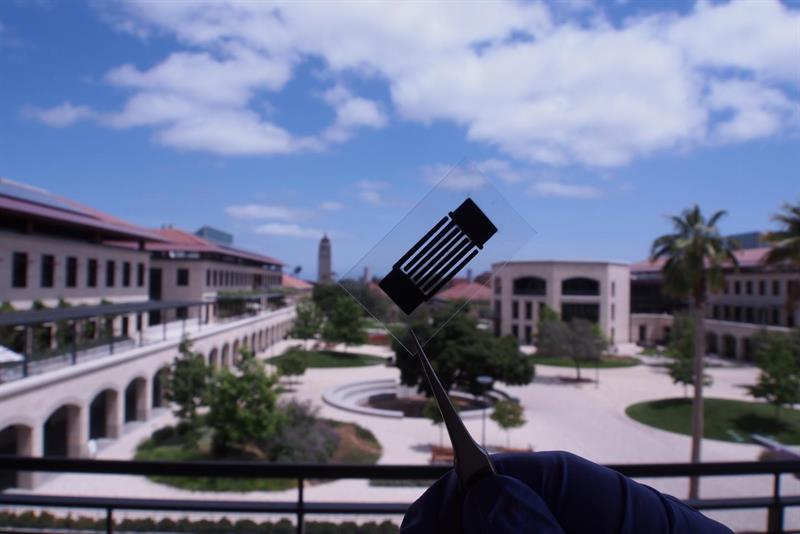A new carbon material developed at Stanford University is said to boost the performance of energy storage technologies. "We have developed a 'designer carbon' that is both versatile and controllable," said Zhenan Bao, professor of chemical engineering at Stanford. "Our study shows this material has exceptional energy-storage capacity, enabling unprecedented performance in lithium-sulphur batteries and supercapacitors."

According to Prof Bao, 'designer carbon' represents a dramatic improvement over conventional activated carbon. "A lot of cheap activated carbon is made from coconut shells. To activate the carbon, manufacturers burn the coconut at high temperatures and then treat it chemically."
The activation process creates nanosized pores that increase the surface area of the carbon. But Prof Bao says activated carbon has serious drawbacks, including limited ability to transport electricity.
Prof Bao and her colleagues have based their approach on conducting hydrogels. "Hydrogel polymers form an interconnected three dimensional framework that's ideal for conducting electricity," Prof Bao said. "This framework also contains organic molecules and functional atoms, such as nitrogen, which allow us to tune the electronic properties of the carbon."
Graduate student John To added: "We call it 'designer carbon' because we can control its chemical composition, pore size and surface area simply by changing the type of polymers and organic linkers we use, or by adjusting the amount of heat we apply during the fabrication process," To said.
As part of its work, the team produced carbon material with a surface area of 4073 m2/g.
Testing 'real world' performance, the Stanford team fabricated carbon coated electrodes and installed them in supercapacitors. The results were said to be dramatic, with electrical conductivity improved by a factor of three compared to electrodes made of conventional activated carbon.
